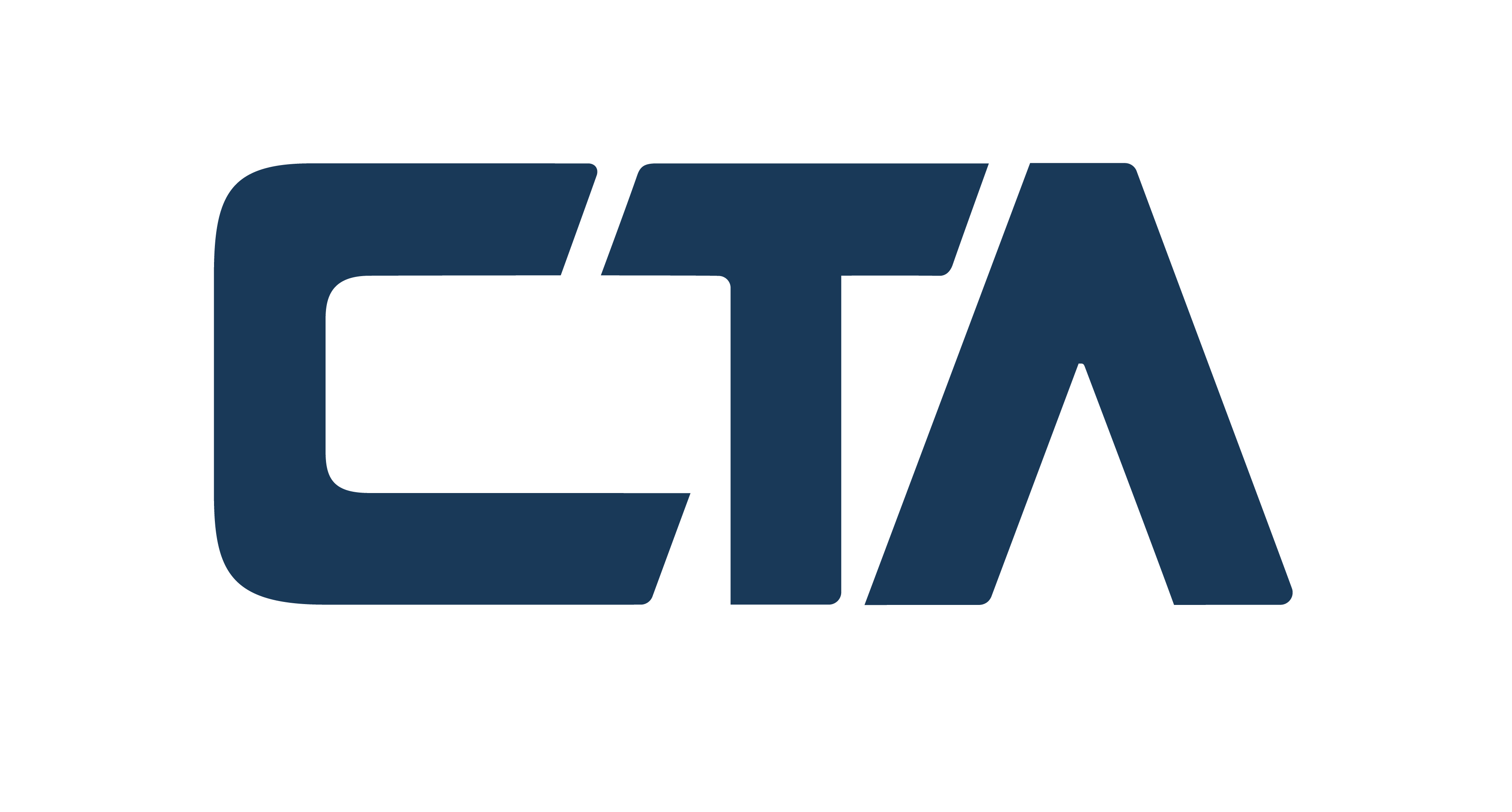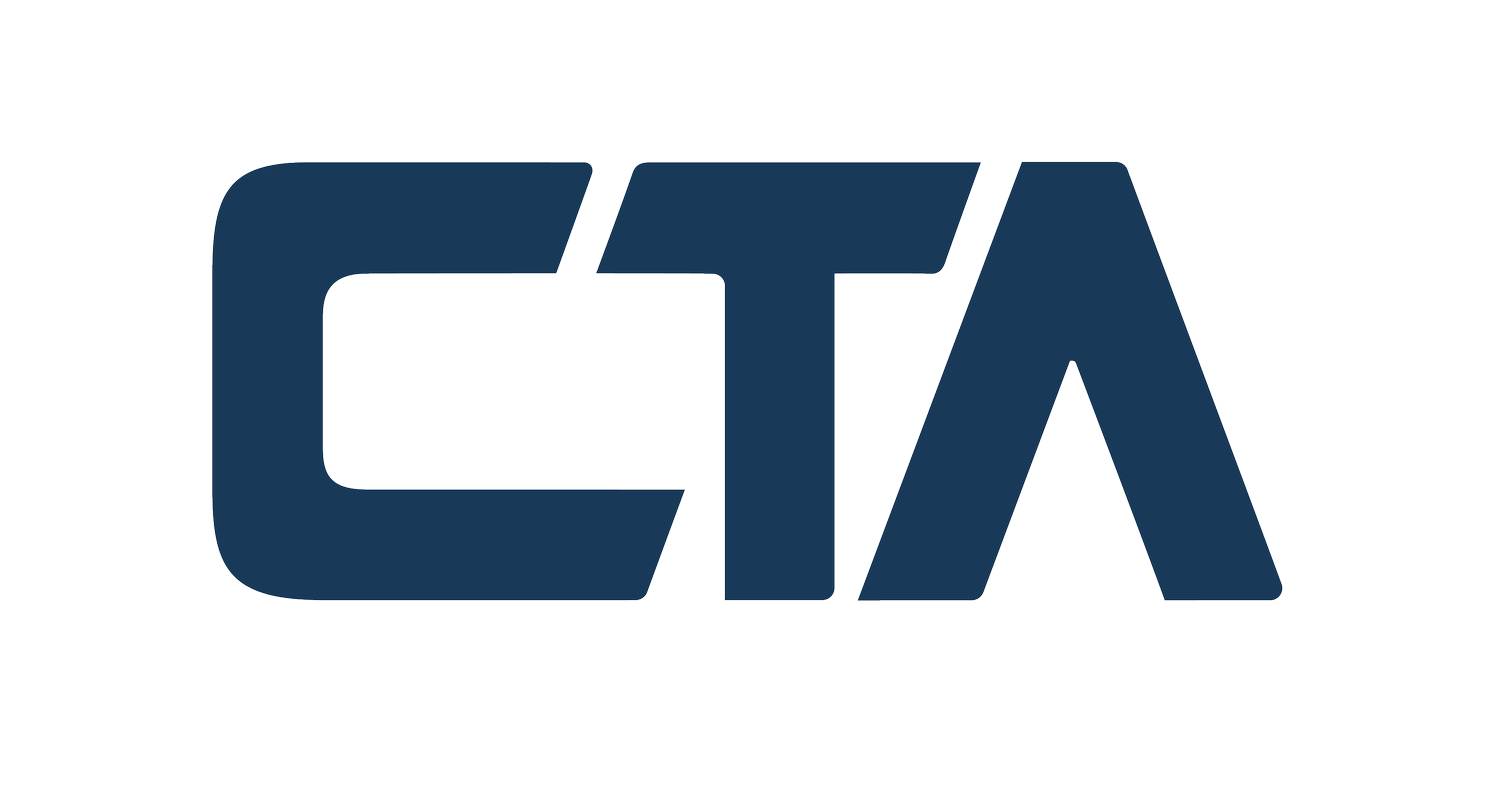In the fast-paced world of technology startups, navigating the complex landscape of tax regulations can be a daunting task. However, understanding and leveraging tax incentives like Section 41 can significantly benefit your startup’s bottom line. In this comprehensive overview, we will delve into the essential details of Section 41 and how it plays a crucial role in supporting innovation and growth for technology startups.
What is Section 41?
Section 41 of the Internal Revenue Code is a tax provision that provides incentives for businesses, including technology startups, to invest in research and development (R&D) activities.
It allows eligible businesses to deduct their qualified research expenses (QREs) as business expenses, thereby reducing their taxable income.

Qualifying
To benefit, your technology startup must meet specific criteria. Here are the key requirements:
- Innovation and Experimentation: Your startup must engage in activities aimed at creating new products, processes, or software improvements. These activities should involve a level of uncertainty, requiring experimentation to achieve technological advancements.
- Substantially All Test: To qualify, your startup must incur R&D expenses related to the development and improvement of its technology. Generally, at least 80% of these expenses should be directly related to research activities.
- In-House R&D: Expenses related to research conducted in-house, as opposed to outsourcing, are more likely to qualify under Section 41.
- Documenting R&D Activities: Maintaining detailed records of your R&D activities, including project plans, progress reports, and documentation of technological uncertainties, is essential to demonstrate eligibility.
Benefits of Section 41 for Technology Startups
Now that we understand the eligibility criteria, let’s explore the significant benefits Section 41 offers to technology startups:
- Tax Deductions: The primary advantage is the ability to deduct QREs as business expenses, reducing your taxable income. This, in turn, lowers your overall tax liability, freeing up capital for further investment in your startup.
- Cash Flow Improvement: Startups often operate with limited cash flow and proper tax optimization can provide an immediate boost by allowing you to recoup a portion of your R&D expenses through tax deductions.
- Encourages Innovation: By incentivizing R&D activities, this legislation fosters a culture of innovation within your startup. This can lead to the development of cutting-edge technologies that differentiate your business in the competitive tech industry.
- Competitive Edge: Leveraging Section 41 can give your startup a competitive edge by allowing you to invest more in research and development than your competitors who may not be taking full advantage of this tax provision.
Claiming Deductions
To claim deductions for your technology startup, follow these steps:
- Identify Eligible Expenses: Review your startup’s R&D expenses and identify those that meet the criteria.
- Maintain Records: Ensure that you maintain thorough records of your R&D activities, expenses, and documentation of technological uncertainties.
- Calculate Deductions: Work with a qualified tax professional to calculate the allowable deductions under Section 41 accurately.
- File Accurate Returns: Include the Section 41 deductions when filing your annual tax returns.
Conclusion
In the ever-evolving world of technology startups, staying competitive requires continuous innovation and investment in research and development. Section 41 offers a valuable opportunity for startups to reduce their tax burden, improve cash flow, and foster a culture of innovation.
By understanding the eligibility criteria and following the proper procedures, your technology startup can harness the benefits of Section 41 to fuel growth and success in the dynamic tech industry. Don’t miss out on this valuable tax incentive – make it an integral part of your startup’s strategy. Contact our team of tax credit advisors today.









